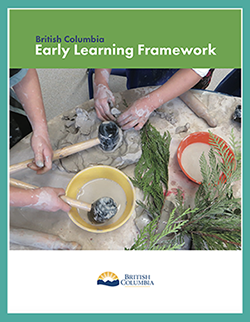Module 4: Living Inquiries – Engagement with Others, Materials, and the World
Spaces, Objects, and Materials
Children can investigate and experiment with materials and space. They can do so in ways that are meaningful to them.
Critically Reflective Questions
- Can children engage with materials in ways that are meaningful to them?
- What limits are placed on how children can engage with materials?
- Who decides the limits?
- Why are those limits in place?
- What opportunities do children have to access materials that can be transformed or investigated?
- What materials invite experimentation, problem solving, or intrigue?
- Consider how materials are presented:
- How does this limit or invite experimentation and investigation?
- For example, paint. Is it presented on tables or on the floor? In small or large vessels? One colour or many colours?
- How could I creatively consider materials and/or their presentation?
- Think about the many ways artists approach and engage with materials.
- What might emerge to consider children as artists?
- How might I investigate this further?
- Could I invite an artist into my program?
Case Study: Spaces, objects, and materials
Educators in a primary classroom have introduced craft-making activities. The children are engaged in making something joyfully noisy—homemade instruments! They use a variety of recycled materials to create their own instruments. They design instruments like wood drums, coffee can shakers, and wind chimes. Each child creates something unique to them. When they are done creating, they enjoy playing their instruments together.
Reflective Question
In this case study, children explored a variety of materials to make something unique to them. They took great joy in creating these instruments. In your practice, how might children be able to explore and use materials in ways that are meaningful to them?
